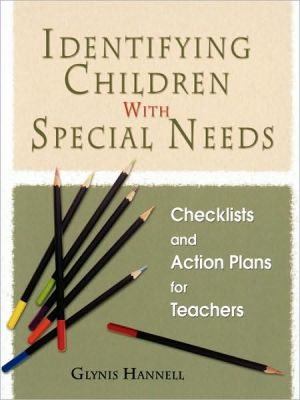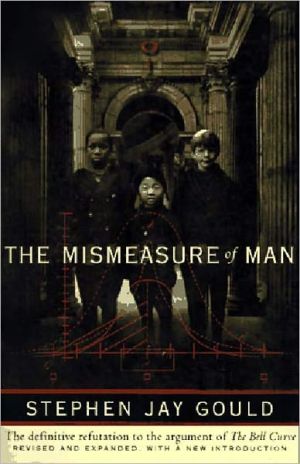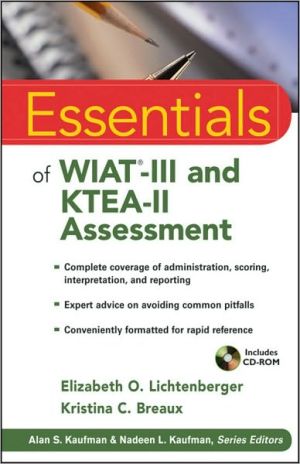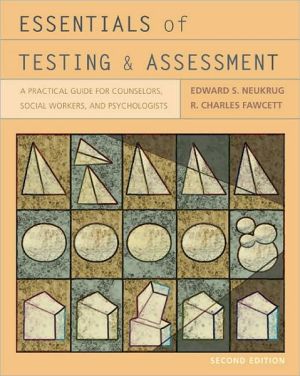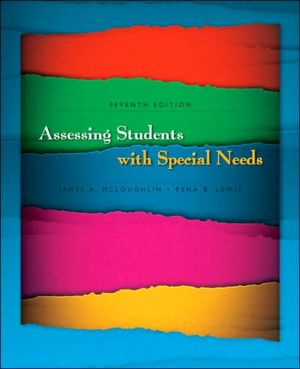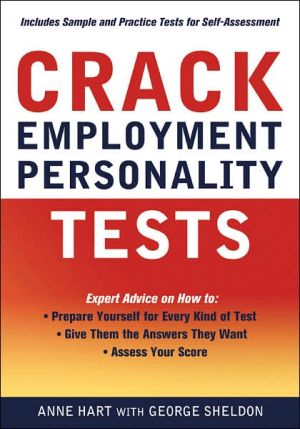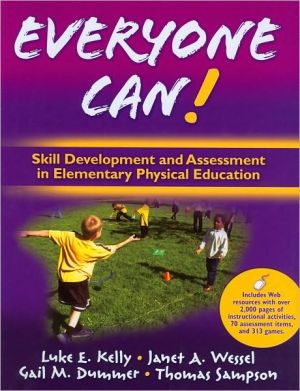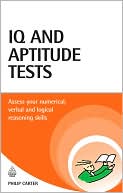Identifying Children With Special Needs
Use this insightful text to identify students with disabilities, comply with the law, and ensure that these students get the attention and services they need.
Search in google:
Learn how to quickly and easily identify students with disabilities in your classroom! If you're a general education teacher with little or no experience in special education, identifying children and adolescents with potential disabilities may seem an impossible task. Until now! Drawing from her experience as an educational psychologist, and general education and special education teacher, Glynis Hannell offers guidelines to help you quickly recognize and categorize the specific characteristics of autism spectrum disorders, emotional-behavioral disorders, cognitive disabilities, speech or language impairment, health-related disabilities, and more. Using the practical checklists and resources in this guide, teachers can quickly and accurately gather key information to determine whether or not individual students need specialized assessment, attention, and services while complying with the law. Organized according to IDEA and internationally accepted criteria, this must-have resource for every classroom shows educators how to Quickly record important information and avoid writing time-consuming reportsIncorporate the day-to-day observations of parents and/or therapistsTrack significant changes over timeRecognize the symptoms and underlying causes of specific disordersKnow when and how to refer a student for further assessmentRequest and prepare for an intervention or IEP team meetingAddress the learning and environmental needs of students with specific disorders/disabilities in the inclusive or general education classroom setting Discover the telltale signs of specific disabilities andequip yourself with the tools you need to ensure that all of your students receive the services they need to succeed!
Introduction : background to the checklists1The special education disability identification process12Which checklist to use?133Autism spectrum disorders (ASD)194Emotional or behavioral disorders and emotional disturbance375Mental retardation796Other health disabilities917Specific learning disability1118Speech or language impairment1239Other special needs13310Warning sings of sensory impairment173
\ Karen Trevorrow“A useful, quick, and easy-reference resource for school psychologists, teachers, and student welfare coordinators."\ \ \ \ \ Mark Le Messurier"The straightforward checklists provided give classroom teachers confidence to move students towards the therapeutic act of identification."\ \ \ Anne Bayetto"These checklists will not only provide valuable information to guide planning and programming, but will also serve as a focal point for discussion with families and professionals."\ \ \ \ \ Psyc CRITIQUES: Contemporary Psychology"This book is easy to read and should become a handy teacher's reference guide, not just to generate information on signs of a disability, but to lend guidance on what one should consider when attempting to teach in a way that will allow students to be successful learners. "\ \ \ \ \ Curriculum Connections"Offering general definitions of 17 common disabilities, guidelines for handling teacher concerns about students, and specific references, this volume would be a helpful addition to any professional collection."\ \ \ \ \ April 12 Psyc CRITIQUES"This book is easy to read and should become a handy teacher's reference guide, not just to generate information on signs of a disability, but to lend guidance on what one should consider when attempting to teach in a way that will allow students to be successful learners."\ \
